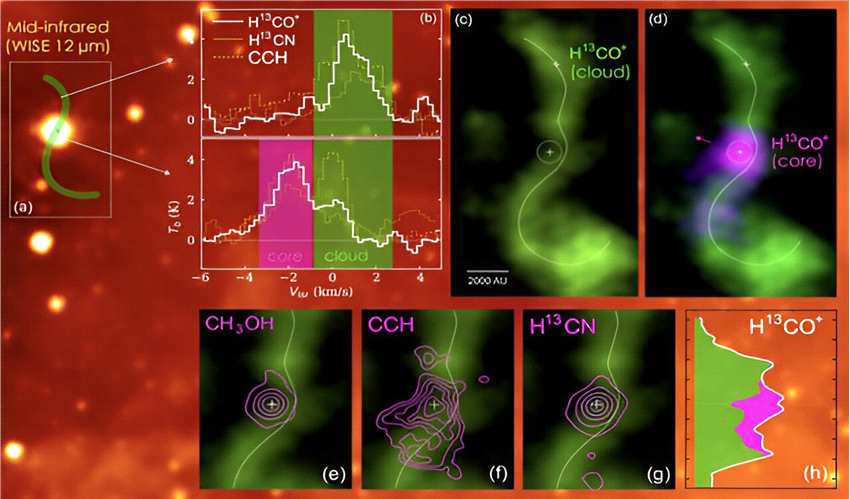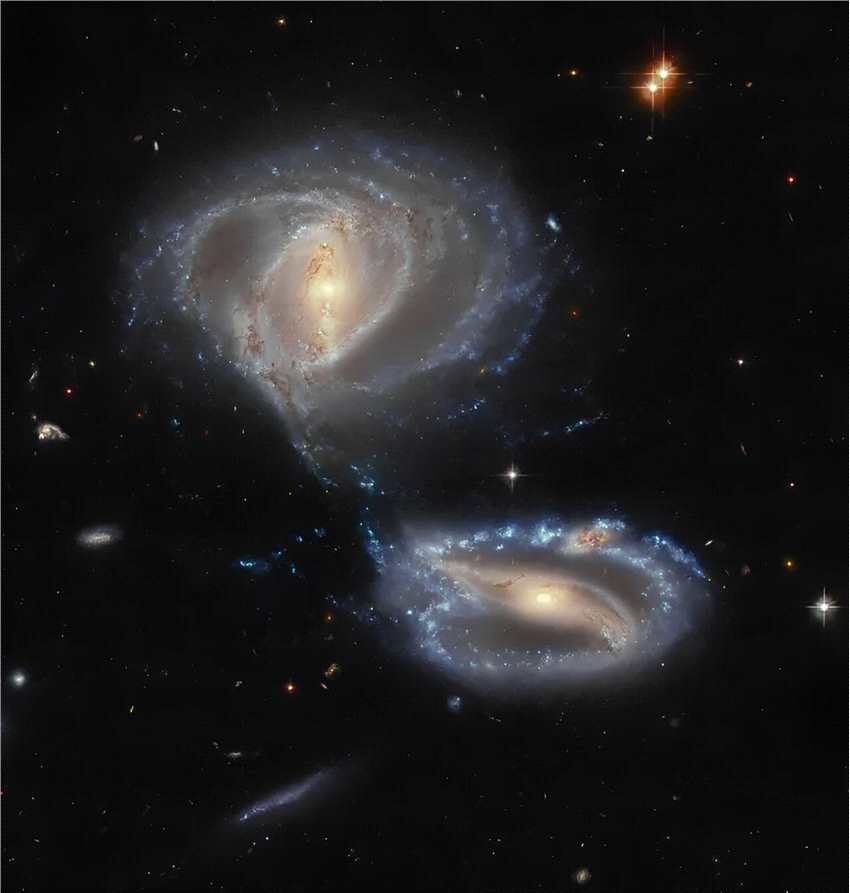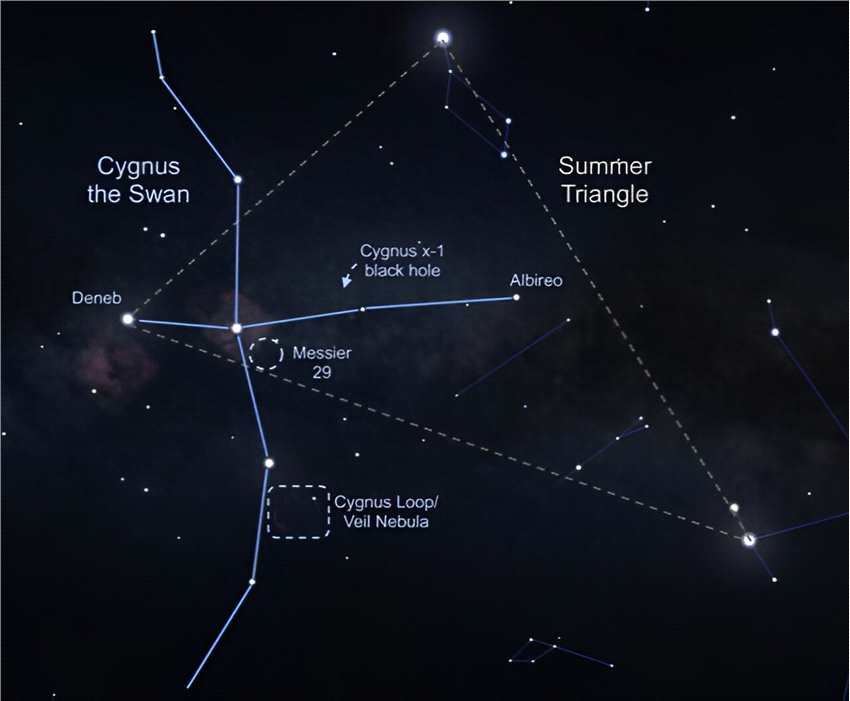Commodities Comment-Copper–carrion no longer, but is it quite clear of chaos?
摘要: Featurearticle.Afteraweak1Qandthepersistentdrageffectofthecollapseincollateralfinancingtradeonthephy
Feature article.
After a weak 1Q and the persistent drag effect of the collapse in collateralfinancing trade on the physical market, copper was widely regarded as carrionfor the bears just a month ago. However, contrary to many expectations, themassing ranks of shorts were rolled over in successive waves of squeezing inlate April/early May. Having moved within a whisper of $6,500/t, the pricetreaded water for a while before being successfully shorted on 19 May for thefirst time in a month and on Wednesday 27 May slipped below the 50-daymoving average, again for the first time in over a month. Macquarie has beenconstructive on copper since the lows, mainly on supply outages and aturnaround in China, and we have indeed seen plenty of the former and greenshoots of the latter. However, questions around global and Chinese growthpersist and we acknowledge the speed and scale of the May ascent couldhardly have been powered entirely on improved fundamentals (yet). We pickover the latest data in this piece for clues as to where we are going next.
Latest news.
In late March, a parcel of Australian thermal coal was for the first timerejected by Chinese Customs for failing the trace-element tests, which wereintroduced at the beginning of this year to help curb China’s coal imports. The30kt cargo was claimed to have breached the fluorine threshold set out by thetests (200μg/g), and was returned to Australia. The quality inspection tookplace in the eastern port of Zhoushan, where the cargo was unloaded. It wasalso the first time that local customs rejected imported thermal coal based onquality tests.
China’s Ministry of Industry and Information Technology has issued updatedregulations for the country’s steel industry, covering restrictions on capacity,emissions and energy consumption. Under the new guidelines, mills will haveto submit an annual review to local branches of the MIIT, allowing for strictmonitoring of performance. Environmental regulations have generally beentightened, with permissible sulphur emissions being lowered to 200mg/cumeter from 600mg/cu meter previously. Meanwhile, energy consumptiontargets have been scrapped and replaced with a measure of energy efficiencyand capacity restrictions are now more product-specific and are less stringentthan previous announcements.
Central banks purchased 11t of gold in April, preliminary IMF data shows.
The bulk of the buying came from Russia, as usual, which added 8.3t, whileKazakhstan bought 2.4t. There were no sellers of note. April’s 11t brings theYTD total to 59t, well below the 86t seen at the same level last year. Thereason for this slowdown is not, as we had thought possible, because Russiahas reduced its purchases – in fact at 38t it has bought more than in the sameperiod of last year. Instead it is because there have not been any other buyersof size – last year Iraq bought 48t in this period. That said, Jordan recentlyrevealed it purchased 14t in January to March, a near doubling of its holdings,and presumably it might have bought more in April.
However,200,mg,11,Featurearticle














